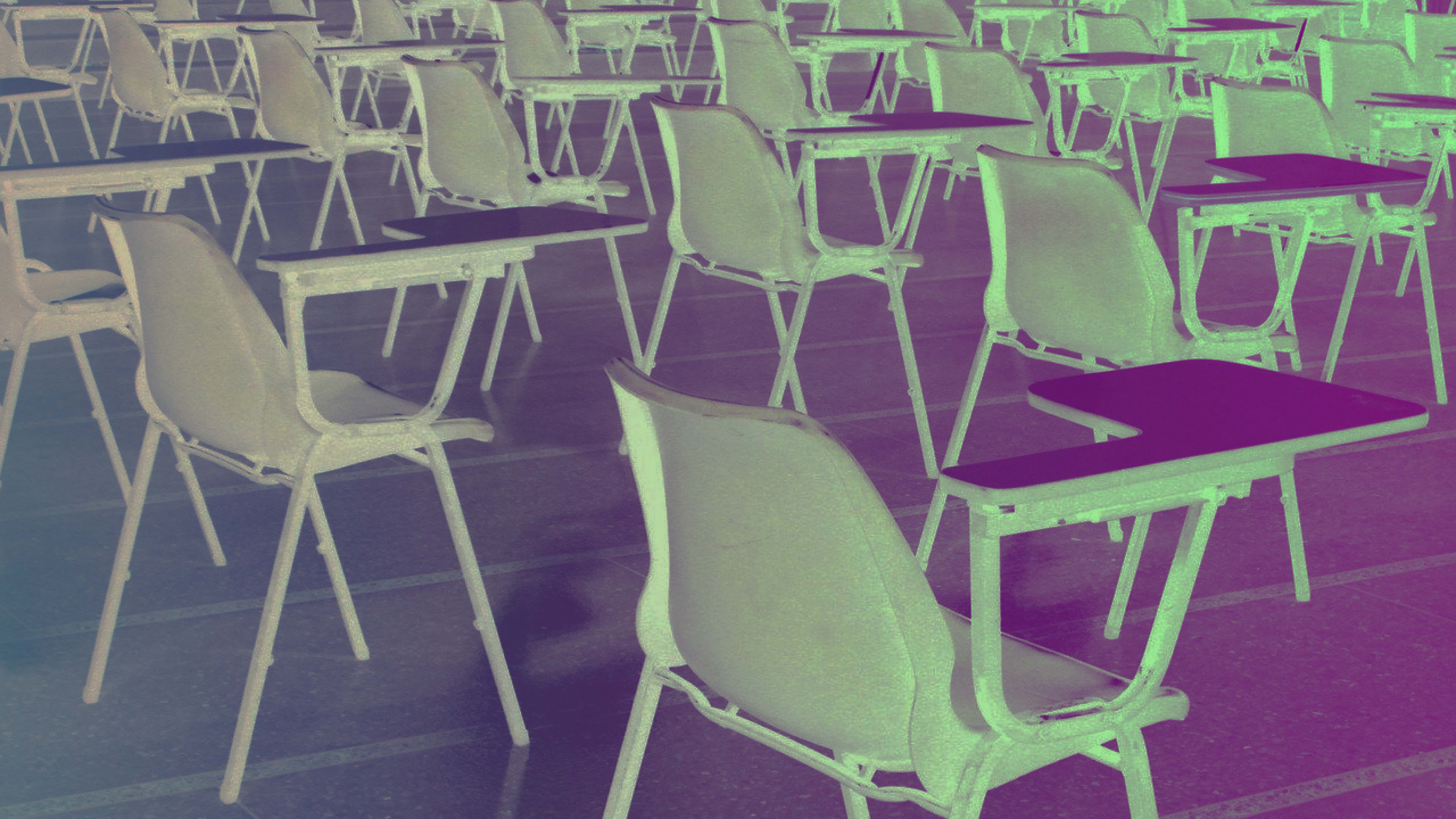More than a month into massive school closures across the country, educators and parents are deep into the process of acclimating classrooms to emergency distance learning. As a result, many are emerging with bleak forecasts for our students’ futures.
Some have posited that our current reality will “set back a generation of children.” Others worry about our students becoming “the lost cohort.” And by the day, prescriptions for how to remedy this crisis look increasingly severe and punitive, with some suggesting we implement mass holdovers for students at Title 1 schools.
The consequences of this crisis will be huge, and our students of color and students in poverty will feel the impact most acutely. Already, we’re seeing disproportionate infection rates among black Americans, with stark disparities reflecting the legacy and persistence of racism in society. Given the inescapable nature of this pandemic, the long-lasting effects of this moment will be felt most severely by those populations historically barred from equal access to high-paying jobs, fair healthcare, and exemplary schools—despite mantras we are “all in this together.”
And yet in the midst of all of this, we must remember that it’s not our students who need to be fixed. Yes, the world has changed permanently, but our students’ capacity to learn has not.
Fixating on the narrative our students will enter the coming months and years as impossibly off-track on their goals will only double-down on the harm they are already experiencing as a result of this virus. Furthermore, it will reinforce disparities that shaped their experience in school long before the onset of COVID-19. Prior to the crisis, far too many of our students, particularly students of color, were denied the opportunity to engage in grade-level work they were entirely capable of doing. Telling the story that they will return even less capable to succeed on meaningful academic tasks simply exacerbates existing gaps.
The language we use is important. When system leaders message to principals, and principals message to teachers that their students are “behind” and at-risk of falling farther and farther by the wayside, these messages get absorbed by students. And it’s rare that when we use this language we see the systemic causes of widening gaps. More often, we place blame on the students and families themselves—casting judgment on those who didn’t complete remote learning assignments or whose parents didn’t read to them—rather than recognizing systemic roots of both inequity and privilege that leave so many students without access and so many families without the means to stay home during this crisis.
Given the disproportionate impact on our students who are already the least well-served—what do we do? Certainly, we cannot ignore the impact of this virus or pay no attention to the gaps, from educational to economic, that have and will continue to grow. Instead, it is quite the opposite. We must recognize that the way we have built systems across our society is harmful to so many of our students and their families. Students and families who are experiencing the problem are not the problem; inequitable systems are.
Whether or not our students were in traditional school settings this spring, they were still learning. Our students are still learning now. Their capacity for growth, their curiosity, their enthusiasm for exploration of new ideas knows no bounds. We impede their ability to thrive when we trap students within a system that refuses to recognize their intelligence, further holding them back from opportunity.
When students do return to school, the best remedies to the anticipated COVID-19 slide will be those that work to treat broken school systems; recognizing that the pathology lies within the system, not within our students. This will require large-scale policy changes to address unfair and ineffective funding. But it will also require educators at all levels to start planning now for reentry, or focusing on what we, the adults, can do, so that our children do not bear the burden of falling behind.
We must plan for how we will enter the new school year ready to combat such deficit mindsets, especially when it comes to how we educate our students of color. Finally, we must plan for structural changes we need to make to our schools and school systems so that those who are most vulnerable get the most support and care.
Right now we have a choice: We can be driven by fear of what we’ve lost, or we can be driven by hope of what the future can be. Let’s choose the latter and support this generation of students in rebuilding our schools and communities as institutions that are worthy of our grandest aspirations, and within a more equitable future.
Michele Caracappa is the chief program officer at New Leaders, a national nonprofit that works to build the capacity of teacher leaders, principals, and principal supervisors in school systems across the country.
Recognize your brand’s excellence by applying to this year’s Brands That Matter Awards before the early-rate deadline, May 3.
